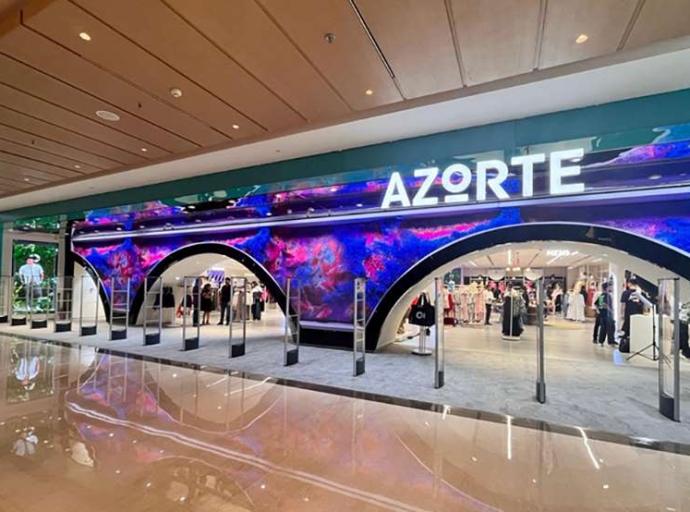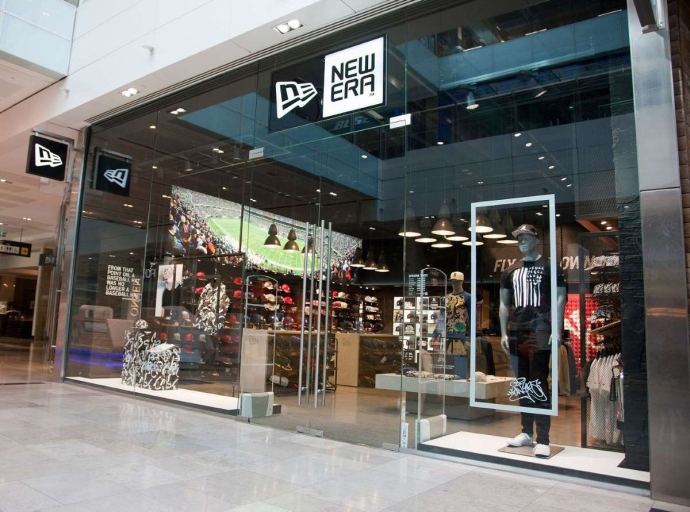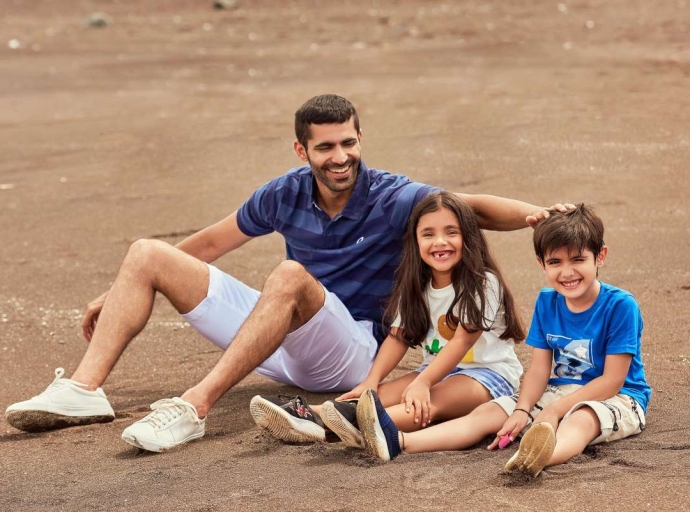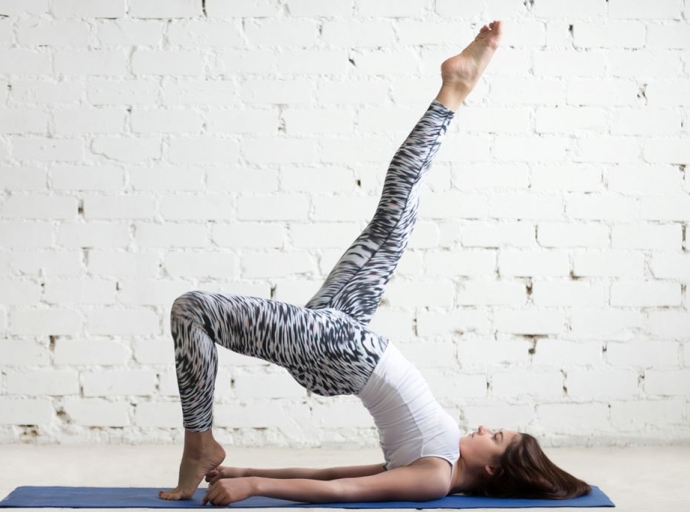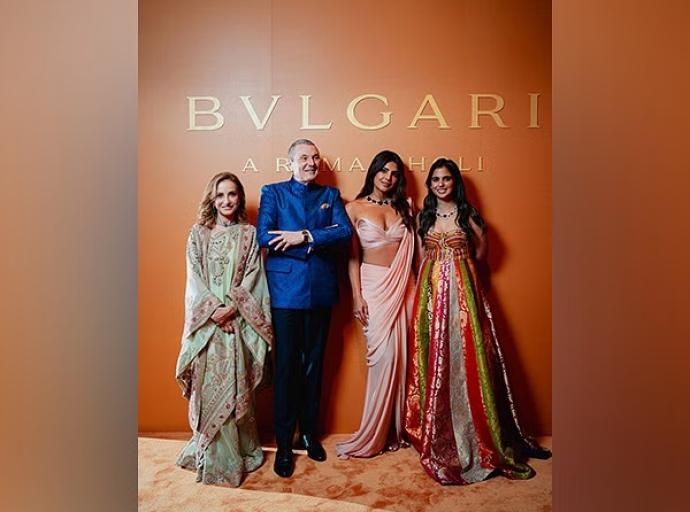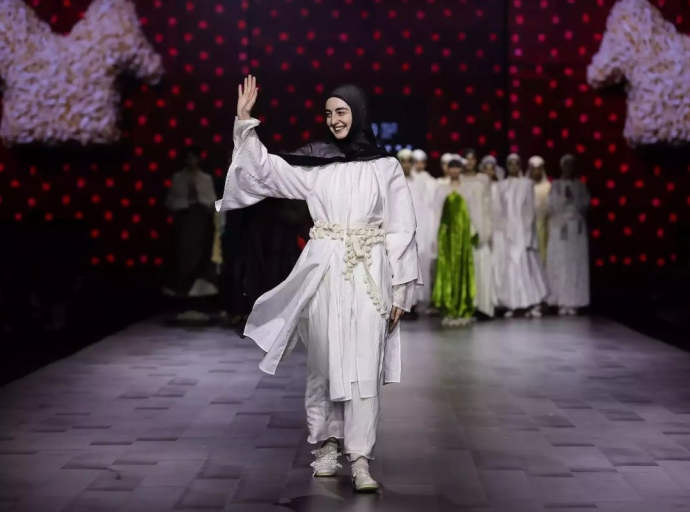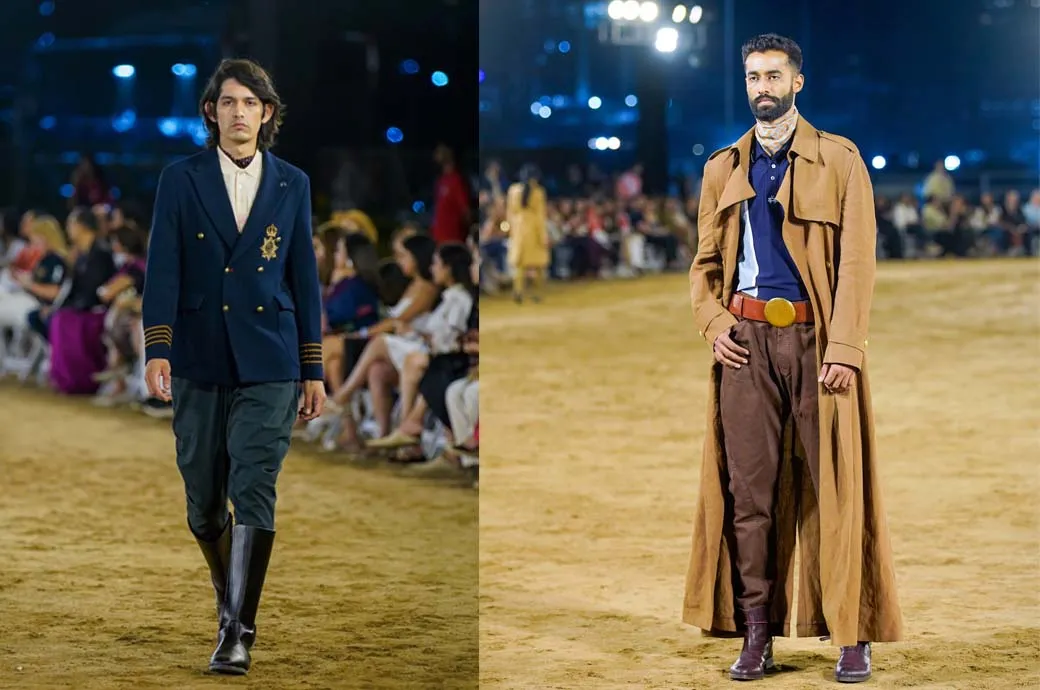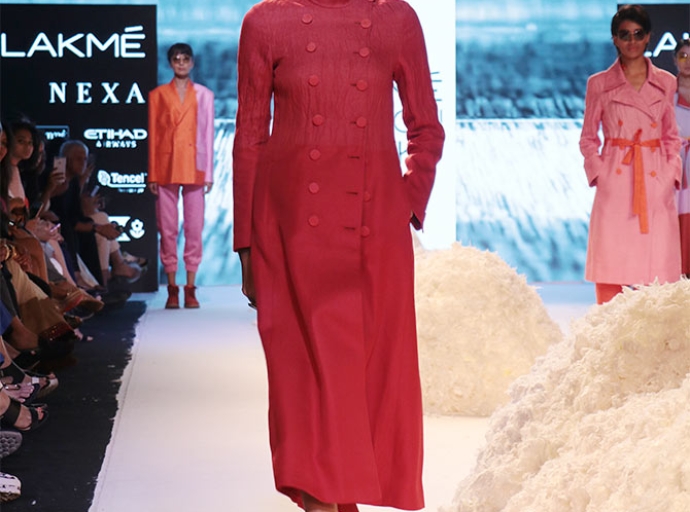With the courtesy of the Fashion Design Council of India's (FDCI) international designer initiative, "Measure”, Lakme Fashion Week stage witnessed a groundbreaking showcase on Day 4." Hailing from the Republic of Dagestan, Russia, designer Zainab Saidulaeva, captivated the audience with her collection titled "TOi."
Dagestani heritage meets modern fashion on the runway
Saidulaeva's collection served as a bridge between centuries, drawing inspiration from the rich tapestry of Dagestani wedding customs and historical attire. This unique blend of tradition and modern design translated into exquisite pieces that incorporated layering, rich textures, and a captivating play on black and white tones using luxurious silks. The collection wasn't just about fashion; it was a celebration of Dagestani culture, with many models gracefully adorned in traditional headwear.
Measure: A rising star in Modest Fashion
Beyond "TOi," Saidulaeva's label, Measure, is making waves in the world of modest fashion. The brand, known for its focus on cultural harmony and a balance between heritage and contemporary style, has already garnered significant recognition. Measure boasts its own multi-brand concept store, "Others," in Moscow, and has graced the prestigious Moscow Fashion Week runways. Their designs have also been featured in prominent global fashion publications.
"A mesmerizing journey into the heart of culture"
Saidulaeva expressed her delight at showcasing "TOi" at Lakme Fashion Week, highlighting her inspiration from Dagestan's rich customs and garments. She emphasized the beauty of multi-layered silhouettes and the versatility of silk in her creations.
FDCI fosters global collaboration
Sunil Sethi, Chairman of FDCI, echoed the sentiment of a remarkable convergence. He lauded the participation of Measure in this international initiative, acknowledging their valuable contribution to pushing the boundaries of fashion. The Lakme Fashion Week presentation marked a significant moment, not just for Saidulaeva and Measure, but also for the growing prominence of modest fashion on a global scale.

